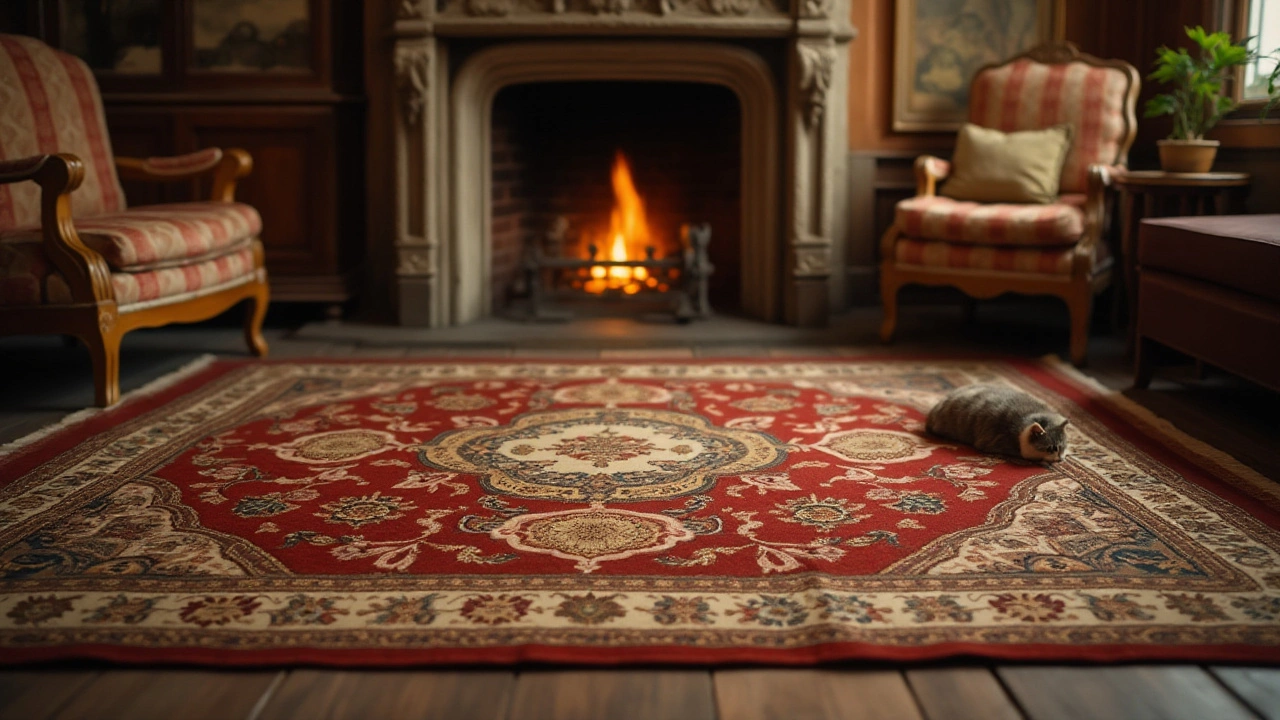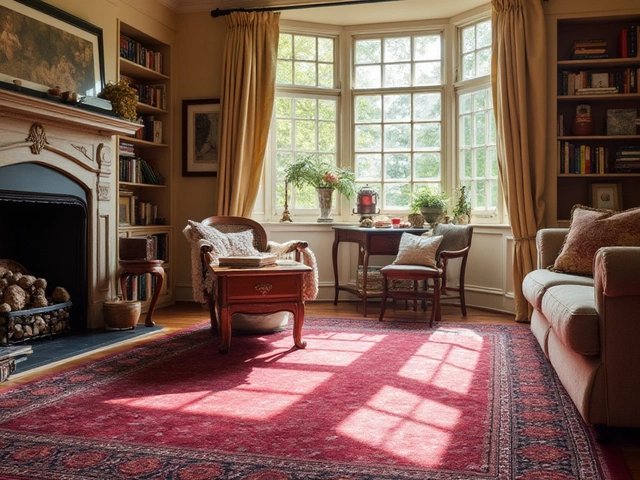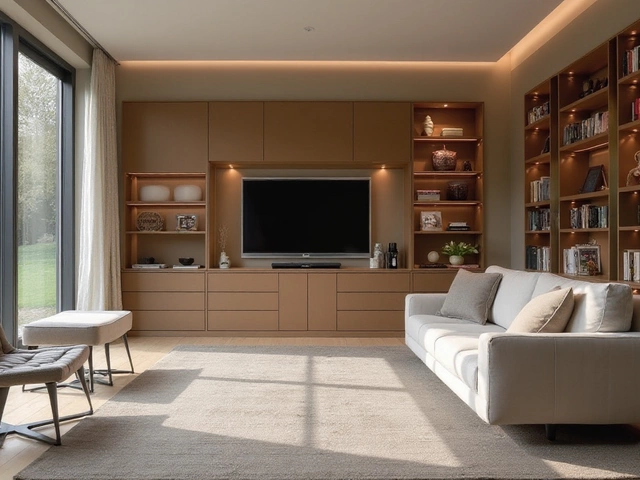Textile Art: Easy Fabric Ideas to Refresh Your Home
Ever look at a plain wall or a boring couch and wish it could feel more alive? Textile art lets you turn fabric into a style boost without a huge spend. You can use leftover cloth, favorite prints, or even cheap canvas to create pieces that pop. The best part? Most projects take under an hour and need only basic tools.
Why Textile Art Works in Every Room
Fabric adds texture, color, and a soft touch that paint or metal can’t match. In the living room, a tapestry or a stitched wall hanging can become a conversation starter. In the bedroom, a DIY quilt or a fabric headboard adds coziness and helps you unwind. Even the kitchen benefits from fabric – think tea‑towel prints or a woven rug that hides spills while looking cute.
Because textiles are lightweight, you can move them around as your taste changes. Swap a bright cushion cover for a muted one, or replace a patterned curtain with a solid shade. This flexibility means you can experiment without committing to expensive remodels.
Quick Projects to Start Your Own Textile Art
1. Fabric Wall Hanging. Grab a piece of canvas or a sturdy burlap sheet, stretch it over a wooden frame, and attach fabric strips in a zig‑zag or diagonal pattern. Use hot glue or a simple stitch. Hang it on a nail and you have instant wall art.
2. Customized Cushion Covers. Buy plain pillow inserts and cover them with fabric you love. A simple envelope seam works perfectly, and you can change the cover whenever the season changes. Mix prints for a playful look or stick to one colour for a sleek vibe.
3. Simple Textile Rug. Cut an old sheet or a large piece of fabric into a rectangle, then fold the edges over and sew them down. You get a washable rug that adds colour underfoot. Choose a low‑pile fabric to keep it easy to clean.
4. Curtain Tie‑Backs. Instead of buying fancy metal rods, cut a short length of fabric, braid it, and attach a loop to the curtain. This adds a coordinated touch and lets you match the tie‑backs to other textiles in the room.
5. Fabric‑Printed Canvas. Stretch a canvas, apply a thin layer of glue, and press fabric onto it. Once dry, you have a decorative piece that looks like a painted mural but is actually fabric. You can layer patterns for depth.
All these ideas use stuff you probably already have. If you need to buy, look for discounted fabric at local craft shops or online clearance sections. Even thrift store finds can turn into stunning pieces with a bit of imagination.
When it comes to caring for textile art, treat each item like its home. Wash cushion covers separately on a gentle cycle, spot‑clean wall hangings with a damp cloth, and vacuum rugs regularly. Using a fabric protector spray can help keep stains at bay, especially in high‑traffic areas.
Mixing textile art with other home items is easy. Pair a bright wall hanging with neutral furniture for balance, or layer patterned cushions on a solid sofa for a pop. The rule of thumb is to keep one element bold and let the rest support it.
Ready to give your space a fresh look? Pick a project that fits your skill level, grab a few supplies, and start creating. You’ll be surprised how quickly a small fabric addition can change the vibe of a whole room.
Remember, textile art isn’t about perfection – it’s about personal style and having fun. So don’t stress about matching every pattern perfectly. Trust your eye, enjoy the process, and let your home reflect the colors and textures you love.

Understanding the Many Meanings of 'Rugs': More Than Just Floor Decor
The word 'rugs' invokes images of cozy homes and intricate designs, but its meaning stretches beyond just a floor covering. This article delves into the multifaceted interpretations of rugs, including their history, cultural significance, and modern-day uses. Explore the diverse world of rugs, from traditional craftsmanship to their role in contemporary interior design. Discover how rugs serve both aesthetic and functional purposes within various global traditions, and learn tips for choosing the right rug to enhance your living space.
Categories
- Storage (27)
- Bathroom (18)
- Sofas (15)
- Curtains (15)
- Home Decor (12)
- Bedding (11)
- Kitchenware (11)
- Cushions (11)
- Mirrors (10)
- Rugs (9)



